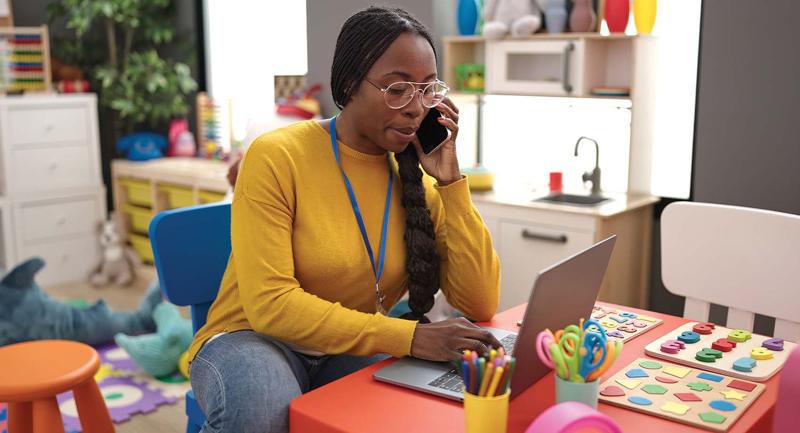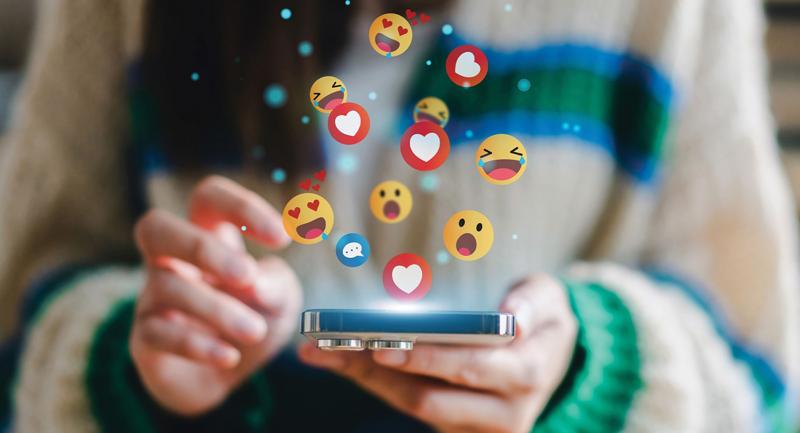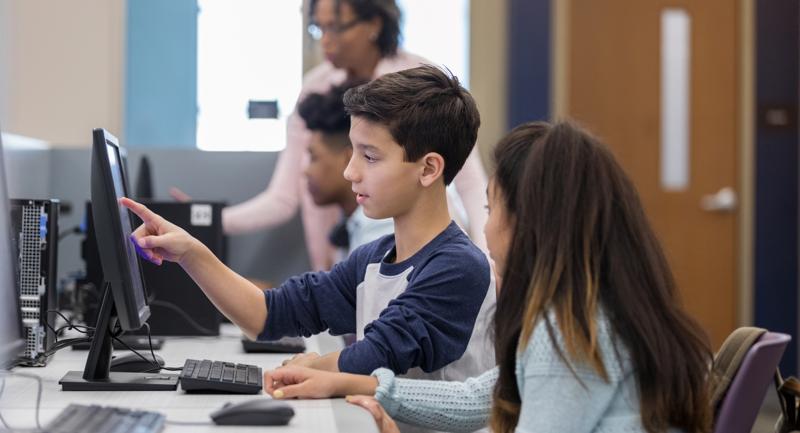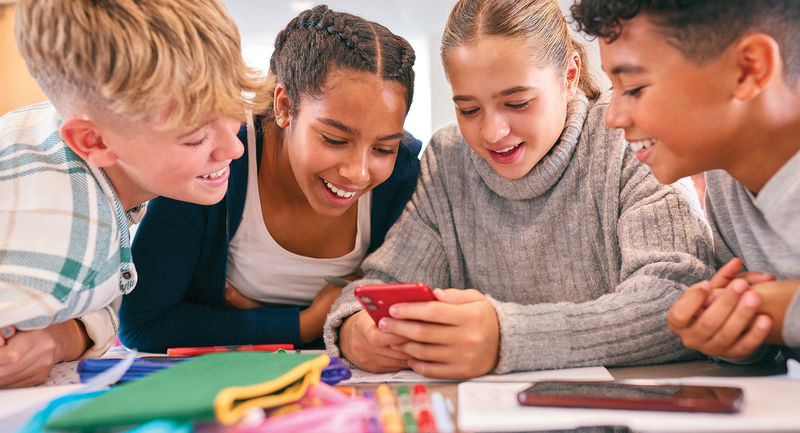The Kindle, an electronic reader (e-reader) developed by Amazon, is an important part of my digital life. Equipped with the ability to download new titles directly from the Amazon store from almost anywhere and with enough storage space to hold more than 3,000 books, the Kindle has changed the way I read. I already have more than 200 books on my 8-inch device and—after connecting my credit card with my Kindle account—I've grown accustomed to never being more than a click away from something good to read.
Most interesting, however, is the effect that my Kindle has had on my classroom. Wanting to expand my classroom lending library but working on a limited budget, I've started downloading free sample chapters—which Amazon makes available for any title—from popular young adult novels. I then turn my device over to randomly selected students during our silent reading period. I've also shown students how to connect to the Amazon store and download free chapters from titles that aren't on my device yet. They not only dive into reading from the texts I've selected, but also quickly navigate with Kindle's user-friendly menus to find other titles worth exploring.
The success experienced by struggling readers who spend a few periods with my Kindle has been especially rewarding. I've set the font size of my device larger than the print in traditional books. That means my students "turn the digital page" more often than they're used to. By the end of silent reading, a student who might have made it through one page of the print copy of a title is likely to have clicked through three or four pages of the electronic version of the same content. "I feel like I'm reading more on the Kindle," said one of my boys, "and I never read a lot."
With some schools making high-profile moves, like Cushing Academy replacing its entire library with digital media and e-readers (see this article) or Scotland's Cedars School of Excellence giving every student an iPad that is hooked into the school's wireless network (see this article), e-readers may eventually become the norm in K–12 education. Universities from Princeton to the University of Virginia are experimenting with e-readers as content delivery systems. Publishers of everything from the young adult novels that my students currently enjoy to the 8-pound (often outdated) textbooks they lug around will naturally be drawn to producing electronic texts for the lucrative K–12 marketplace.
As you consider whether to adopt e-readers schoolwide, think about these questions.
- What academic purposes do you have in mind? This is a question of how interactive you want your e-reader to be. For example, my Kindle doesn't play videos, can't connect to the Internet for browsing, and provides no access to social media sites. That means when my students sit down with a Kindle, they're more likely to have a deep, meaningful, and uninterrupted reading experience. Other devices, however—most notably the Apple iPad—enable users to read e-books and interact with web-based content through wireless connections. Users can download videos, explore websites, and craft content. Although a $500 entry-level iPad is significantly more expensive than a $139 Kindle, this increased functionality is worth the additional expense for many schools. With one purchase, schools can put e-readers and tablet computers into students' hands.
- Is your school's infrastructure ready to handle new Internet traffic demands? If providing students with one tool that can serve as both an e-reader and a web-ready device is a priority, be sure to invest sufficiently in your school's wireless network. Consider the bandwidth that the multi functional e-readers like the iPad require, and take the cost of upgrading your network into account as you decide what devices to purchase.
- Can you partner with local libraries? See whether the public libraries in your area have e-book lending programs. Teaming up with companies like Overdrive, many public libraries offer users the chance to download digital texts temporarily to their personal devices just as though they were checking out paper copies. These programs, however, are often device-dependent. The library in my community, for example, includes certain titles that can only be read on the Barnes and Noble Nook, the Sony eReader, and the Kobo eReader. Aligning purchasing decisions with the devices supported by your local library expands students' access to books with no added expense.
- Will devices help you comply with the Americans with Disabilities Act? By law, schools are required to give students with disabilities equal access to education technologies. The federal government recently stressed schools' responsibility to ensure that e-readers are accessible to students with disabilities, particularly blind students.Many e-readers have a text-to-speech function that reads words aloud, but the devices lack menus that blind people can operate. Although all e-readers are likely to meet federal requirements before long, the iPad—with its backlit screen and easy-to-enlarge menus—is currently the device of choice for individuals with eyesight challenges. Leaders should consult district policies for serving students with disabilities before investing in e-readers.
There's no doubt that e-readers will play a role in the K–12 classroom. The only question is whether your school will be ready for the revolution.








